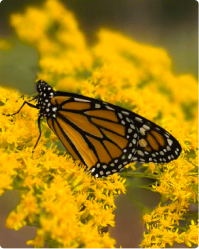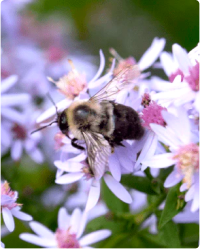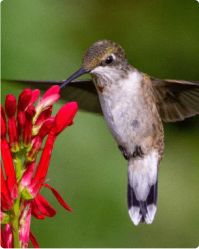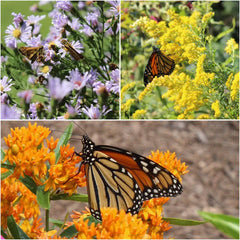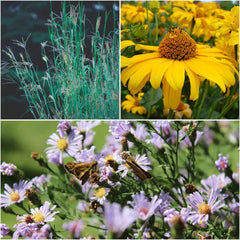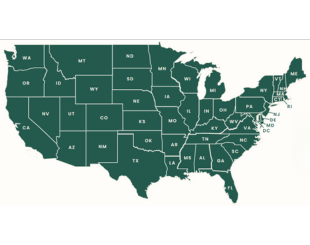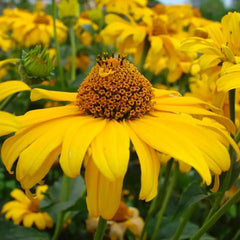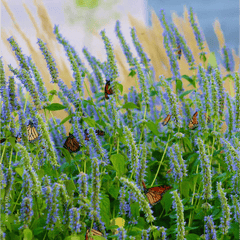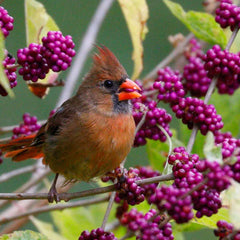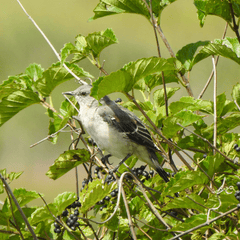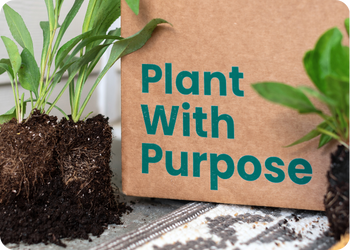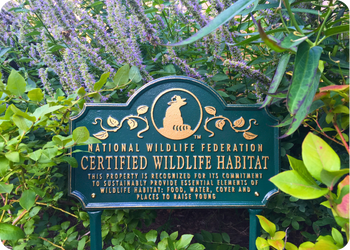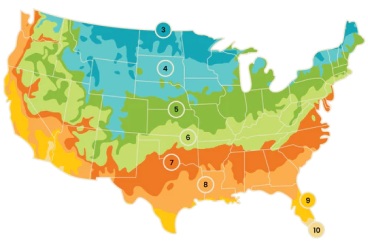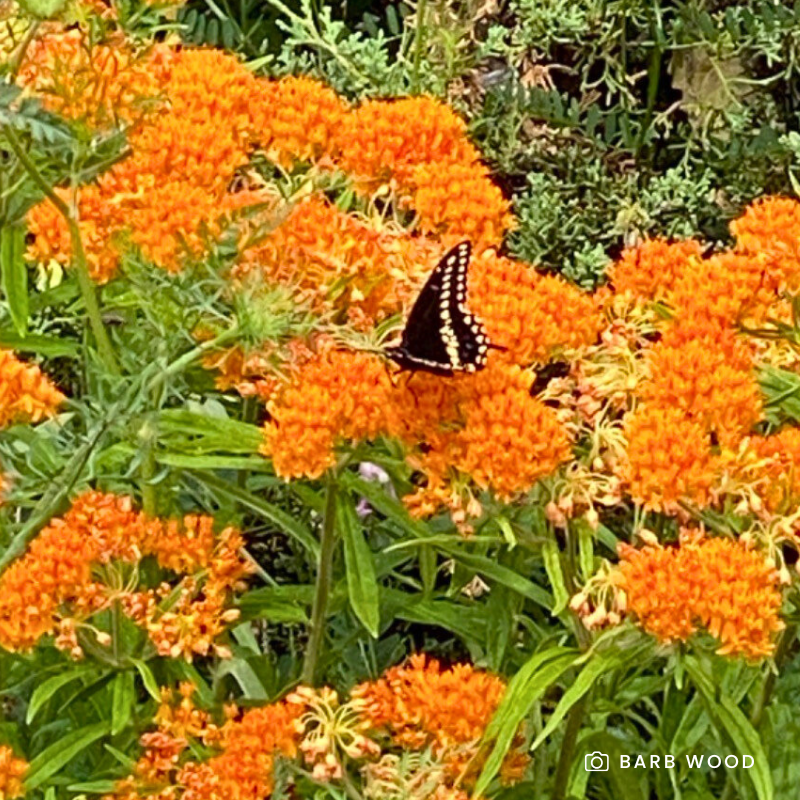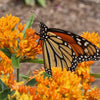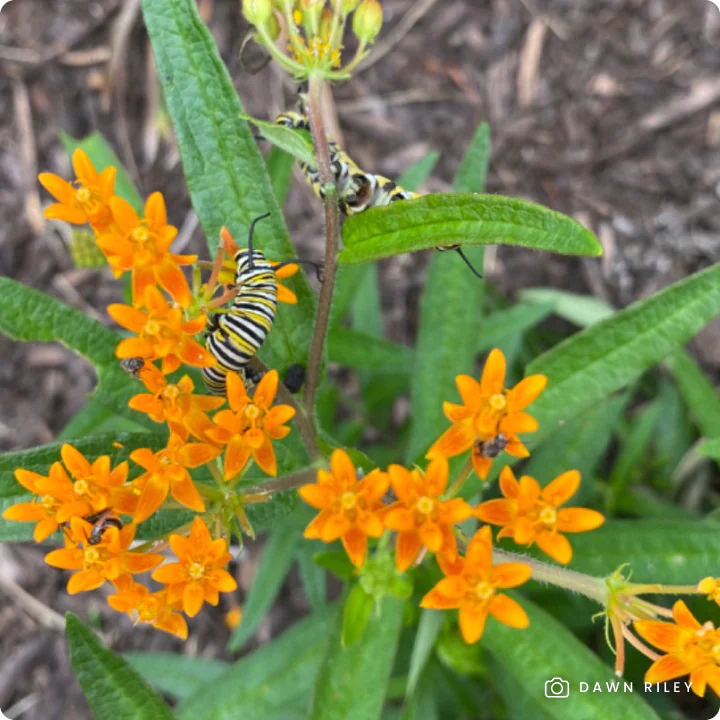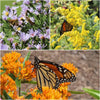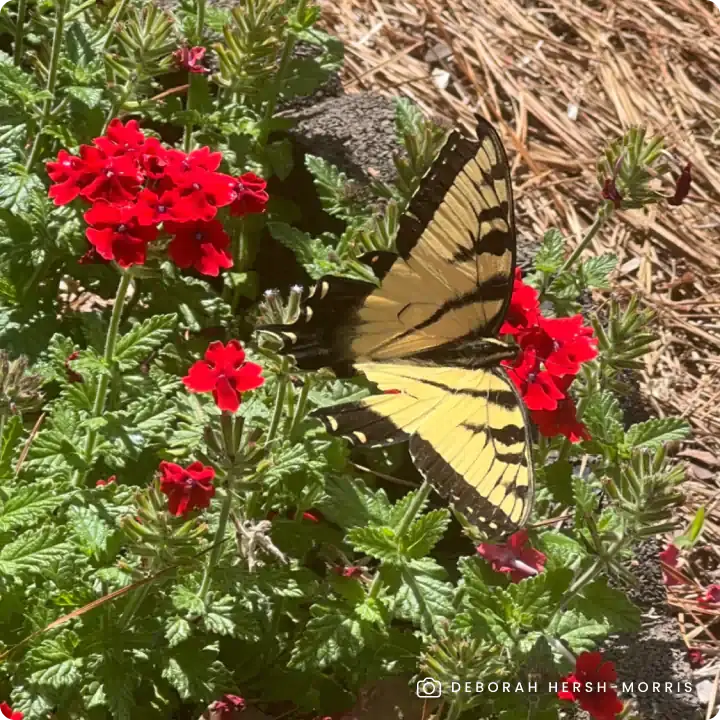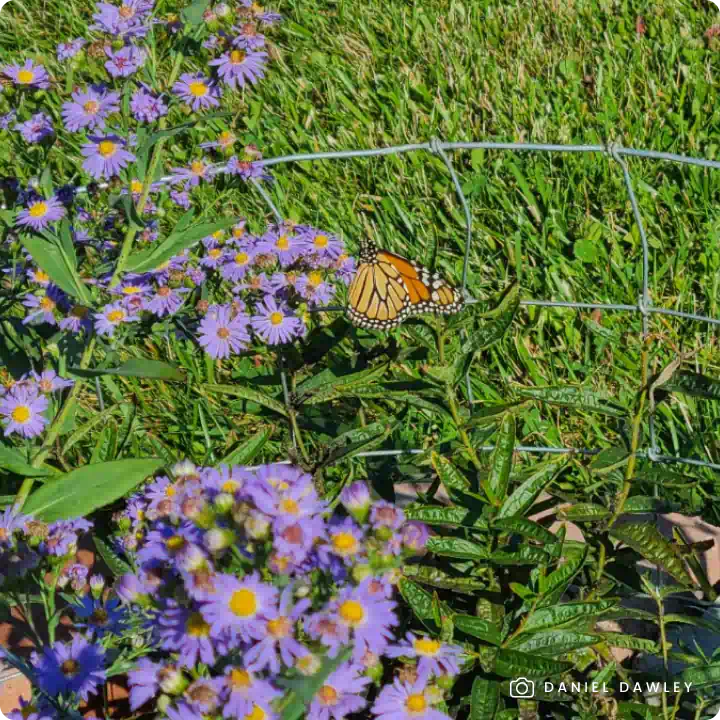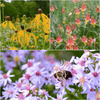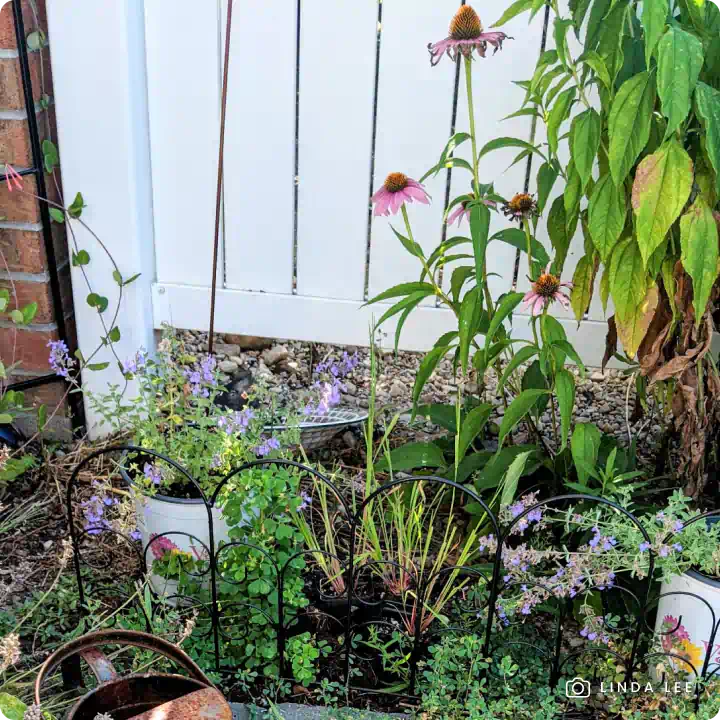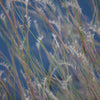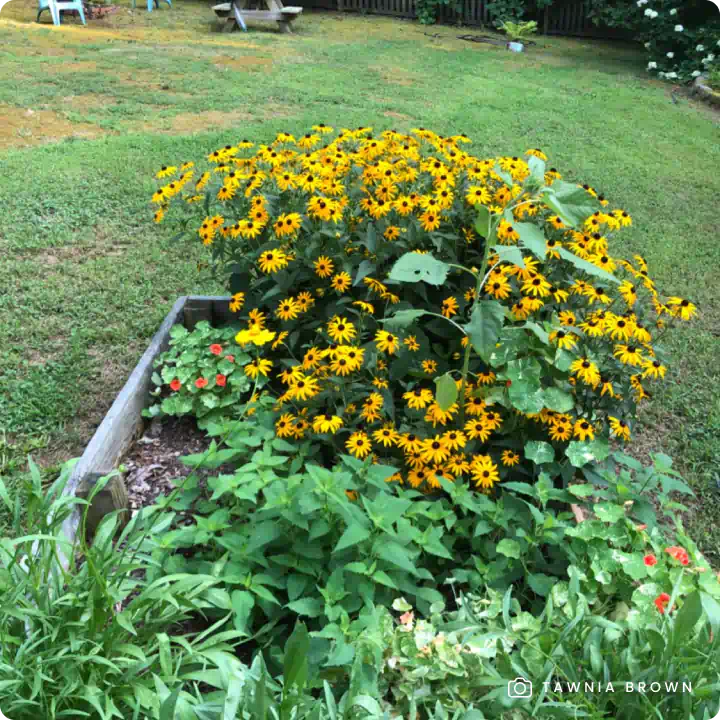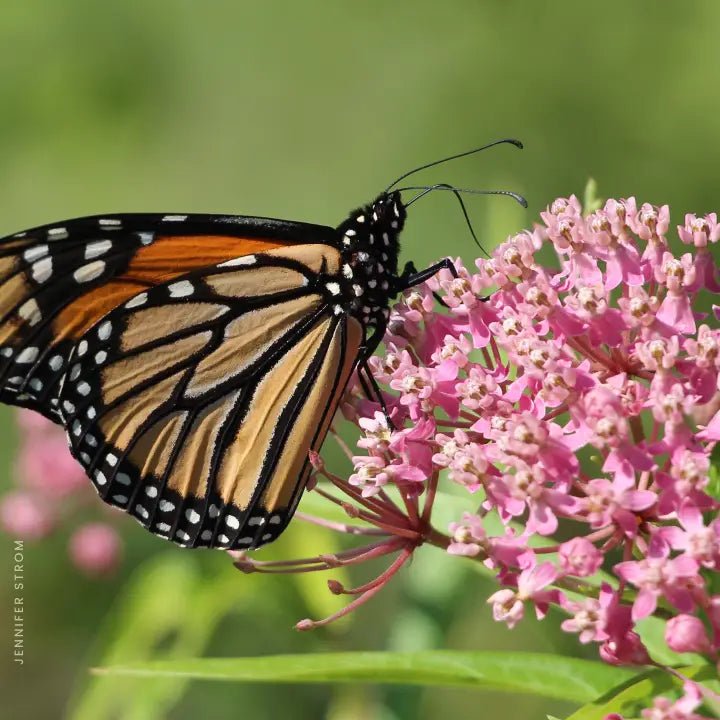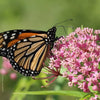The Hummingbird Hideaway collection is carefully curated to create a thriving habitat for hummingbirds by providing their preferred nectar-rich, tubular flowers in their favorite bright colors: pink and purple. This collection features three native perennial plants that offer a continuous supply of food and visual appeal throughout the bloom season.
What's Included:
- Pink Alumroot (Heuchera rubescens): Delicate, rosy-pink wands of bell-shaped flowers provide a high-energy food source during the peak of summer, while its scalloped foliage adds lovely texture near the front of the border.
- Showy Penstemon (Penstemon spectabilis): With its beautiful lavender to purple tubular flowers, this is another excellent plant for attracting hummingbirds. It blooms from late spring to early summer and also attracts bees.
- Hummingbird Sage (Salvia spathacea): Living up to its name, this sage is a hummingbird favorite. Its magenta to rose-pink flowers bloom from winter into spring, providing a crucial early-season nectar source when other flowers may not be available.
Key Features:
- Hummingbird Habitat: Designed to serve as a "welcome mat" for hummingbirds with brightly colored, tubular flowers that supply abundant nectar.
- Seasonal Blooms: Provides continuous color and nectar from early winter through summer, ensuring a steady food source for hummingbirds.
- Pollinator Support: Attracts hummingbirds as well as bees and other beneficial insects.
- Layered Design: The plants have complementary heights and colorful blooms, creating a visually appealing and layered look in your garden.
- Low Maintenance: These plants thrive with minimal care and require less water once established.
- Deer Resistant: Stands up to deer browsing, ensuring its blooms remain vibrant and available for hummingbirds.
- Pollinator-Safe: Grown non-GMO and free of harmful neonicotinoids, promoting a healthy ecosystem for pollinators and wildlife.
Available in collections of nine, 18, or 27 plants to create a thriving hummingbird habitat.
Why Choose the Hummingbird Hideaway Collection?
The Hummingbird Hideaway Collection is more than just a garden—it's a sanctuary for your local hummingbirds. By planting these native perennials, you'll provide essential nectar during critical times of the year, from the cool days of winter to the heat of summer. Perfect for part-shade borders or woodland edges, this collection brings vibrant color and life to your outdoor space year-round.
Planting Tips:
- Location: Plant in full sun to part shade with well-drained soil.
- Watering: Water regularly during the first growing season to establish roots. Once established, these plants require less water.
- Maintenance: Minimal care required. There's no need to deadhead the flowers, as allowing them to go to seed provides a valuable food source for birds. Leaving the stems standing in the fall offers overwintering sites for beneficial insects. If desired, cut back the stems in late spring after pollinators have emerged.
For more information on planting, view our How to Plant Your Native Plants guide and other planting tips in the Garden for Wildlife Learning Center.
